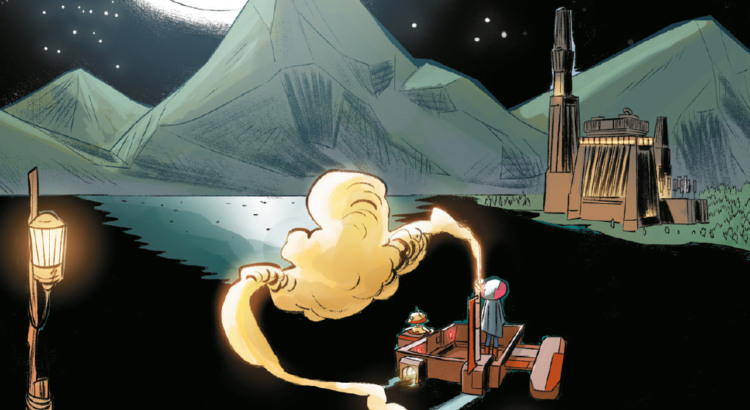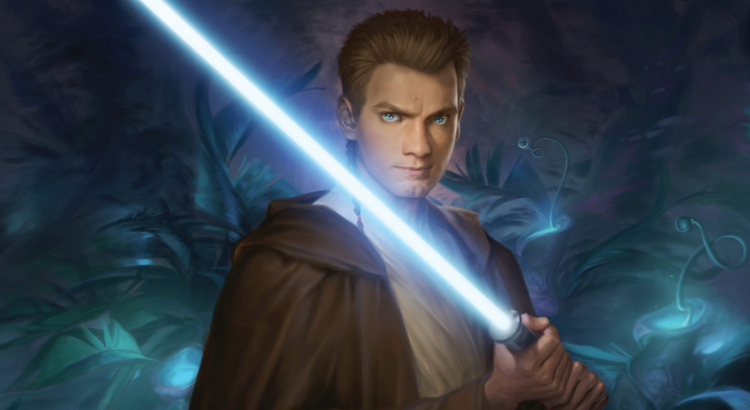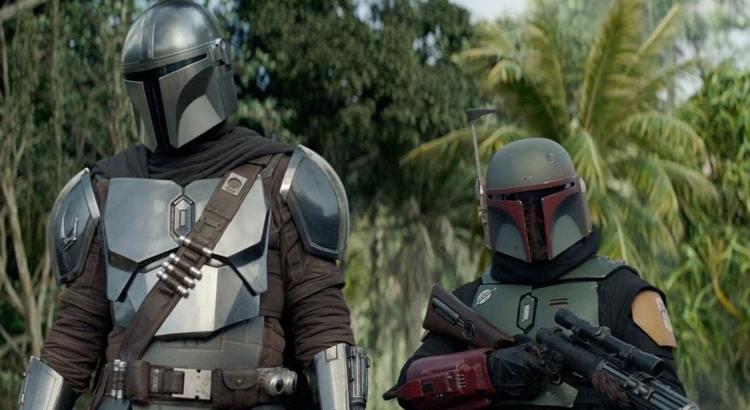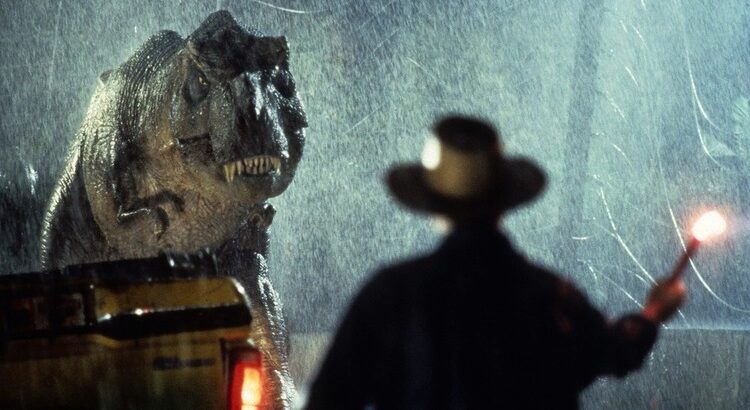Content Warning: spoilers for Adventures #1 and discussions of real-world queerphobic violence
Maybe it’s because I’m queer. Maybe it’s because of Lula, Zeen, Kantam, the very queerness of The High Republic Adventures Phase I run. But ever since we received the preview of a young, gremlin Sav Malagán in the first issue of Phase II, saying this about Maz Kanata’s castle –
“I head to a place where no one bugs me about meditating or following rules, where I can be whoever I want, whatever I want, or even disappear. The only place I can really be myself.”
– I can’t stop thinking, “queer bar.”
Now that we have the full comic, it’s embedded in my perspective. I do not know if writer Daniel José Older or artist Toni Bruno intended this reading, but for me as an aromantic asexual trans man, it felt inescapable.
We join Sav Malagán on the sidelines of this queer bar, watching the various characters who represent the person she wants to become. She tells herself their stories and hopes one day to be counted among them. The pirate outfit she dons at the beginning is perhaps even inspired by one of these elder queers she idolizes; the one she scampers after to learn about how she can live her full identity.
Read More




